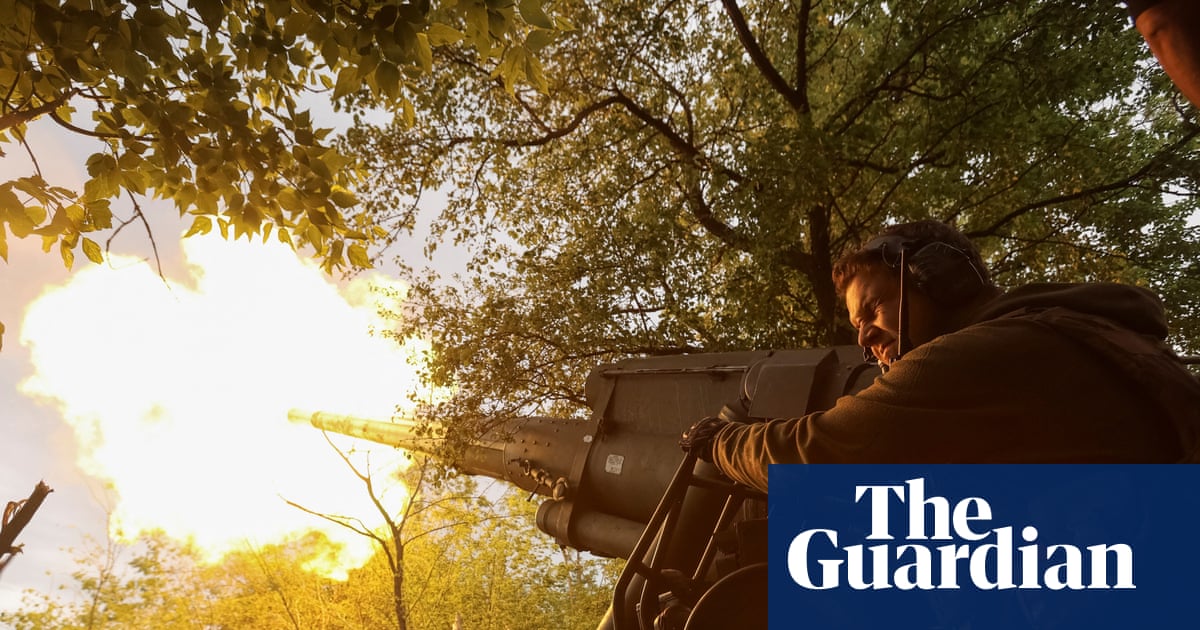The work of the photographer Nick Hedges, who has died aged 81, revealed the reality of the atrocious living conditions of the UK’s urban poor in the 1960s and 70s. His compassionate work transformed perceptions, and helped galvanise social change.
In 1966, a new charity was launched: Shelter, the National Campaign for the Homeless. That same year, Ken Loach’s revelatory drama documentary Cathy Come Home highlighted the problem of homelessness in a country that complacently believed in the rose-tinted idea of the swinging 60s.
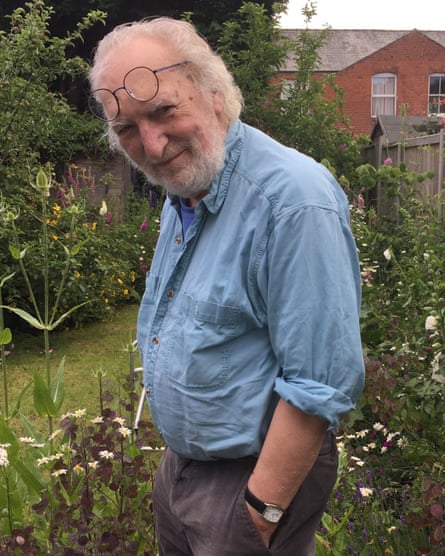
“I always maintain I was fortunate to be born when I was, because in the 60s we believed a revolution was possible,” Hedges told the British Journal of Photography in 2023. “I was working with people who thought it was possible to change the situation the country was in. It was invigorating and exciting.”
Those people worked for Shelter. In 1968, they commissioned Hedges to document the brutal environment in which poor people lived, some in slums that had been due for demolition before the second world war. The charity wanted to use the images in their campaigns, reports and literature that was designed to educate the public about the inequality on their doorstep: to use documentary photography as political activism – demanding more social housing.
Hedges photographed families in many neglected inner cities, including in Birmingham, Newcastle, Glasgow, Manchester, Liverpool and London. Sometimes he would be introduced to his subjects by social workers or housing association workers, and sometimes he would just knock on doors in run-down areas. He always explained himself, and what Shelter was trying to do. He had no intention of disrespecting the inhabitants by trying to take “candid” photographs. The responsibility weighed heavily on him: “Part of my duty as a photographer is to honour the trust placed in me by people with no voice.”
He said it was “essential to develop a relationship of trust: nothing was ever forced, nothing was ever staged. Your own presence had to be reduced to the minimum. I used a 35mm Leica camera and available light and, in the small rooms, I often found myself crouching down in a corner listening and watching, just allowing things to develop and occur in front of the camera.”
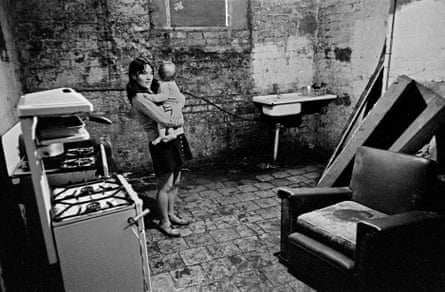
Shot in grainy, dark monochrome; the results were raw, poignant and powerful. Those few men who were present “often demonstrated an uneasy guilt”, Hedges said. They “were more reluctant to be photographed, as if the image itself would become a signature of failure”. Many of the women also turn away from the camera as if somehow responsible for their own straitened circumstances, resigned to their powerlessness.
It is left to the children to issue a challenge to society – staring into the lens, straight at the viewer, with an accusatory gaze.
Nonetheless, what pours forth from Hedges’ sensitive images is dignity, resilience and the unbreakable bonds between parents and their children, and between siblings – the depiction of unconditional love in unspeakable conditions. Family, wrote Hedges, “provides meaning to our lives and rewards us with comfort in an uncertain world”.
Nick was born in Bromsgrove, Worcestershire, to Norman, a timber merchant manager, and Dorothy (nee Chapman), an arts and crafts teacher.
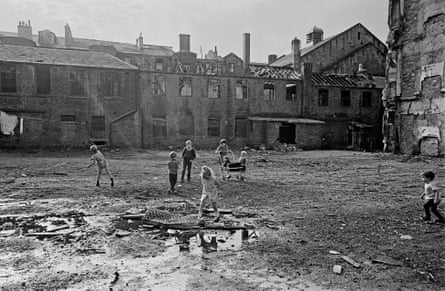
He attended Stourbridge Road junior school, followed by King’s school, Worcester. As a teenager, his political conscience, sense of purpose and love of jazz music were awakened. In 1965 he joined the photography course at Birmingham School of Art, where he embraced sixties radicalism. He was inspired by the work of the American Farm Security Administration photographers, such as Dorothea Lange and, most profoundly, Walker Evans, whose book with James Agee, Let Us Now Praise Famous Men, documented the lives of impoverished tenant farmers during the Great Depression in the 30s.
For his final year project, Hedges worked with Birmingham Housing Trust on an exhibition about the city’s poorly housed low-income households. He was in the trust’s offices, having just signed on as unemployed, “pasting large 6ft by 4ft photographs I had taken for them on to panels that were to be displayed outside in Birmingham city centre”, Hedges recalled in an interview. “Someone popped their head around the door, looked at the images and said: ‘Nice photographs.’ About two weeks later, I had a phone call from Shelter asking me whether I’d like to join them to document bad housing across the country. Accident and chance play such a large part in our lives – we often don’t admit to it.”
Having completed his four-year assignment, Hedges left Shelter in 1972. He then worked as a freelance photographer for Mencap, the BBC, Penguin Books and many other organisations; a commission from one, the Royal Town Planning Institute, resulted in an exhibition, Problem in the City, at the ICA, London, in 1976.
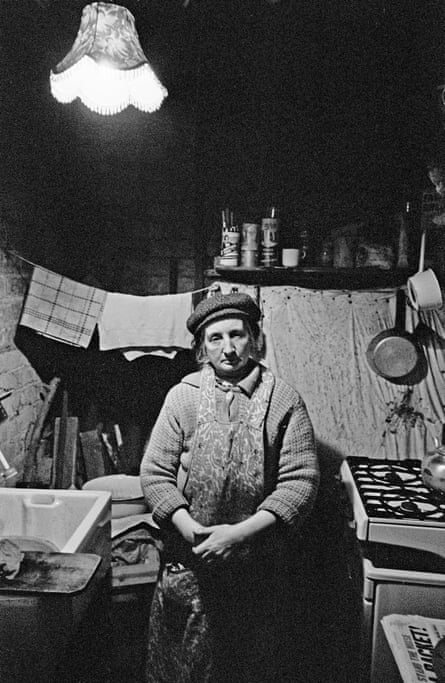
He was awarded an Arts Council fellowship to make a three-year study of working lives in the factories and steelworks of the West Midlands. Those images were exhibited in London and Paris in 1979, and a book, Born to Work, was published in 1982. Hedges produced a series on different religious groups in Wolverhampton, rural life in Worcestershire, and in 1979 he documented the local fishing industry for Newcastle’s Side Gallery.
His active life as a photographer came to an end in 1980, when he became the head of photography at West Midlands College of Higher Education and later of the University of Wolverhampton. Hedges left teaching due to ill health in 2003, and in his later years developed a passion for collecting old hand-tinted picture postcards, a selection of which were published in the collection Painted Ladies in 2006.
Hedges had long imposed a restriction on the use of the photographs he took for Shelter to protect the identity of the subjects, particularly the children. However, as the 50th anniversary of the charity approached, the photographer lifted the curb: he felt it was important that people could view our shared social history, as “understanding our past is crucial to shaping our future”. In 2014, his work for Shelter was exhibited as Make Life Worth Living at London’s Science Museum, to great acclaim, and led to the award of the 2016 Hood medal from the Royal Photographic Society. In 2021 the Shelter photographs were published as Home, alongside another book, Street.
Loach said that Hedges’ “work is not only deeply human, an expression of our shared humanity, it is also important as evidence. This is how life is, and how it was.”
He is survived by Ruth and Annie, his daughters from his marriage to Diana Roberts, a social worker (which ended in divorce), four grandchildren, and two siblings, Roger and Julie.

 2 months ago
58
2 months ago
58
